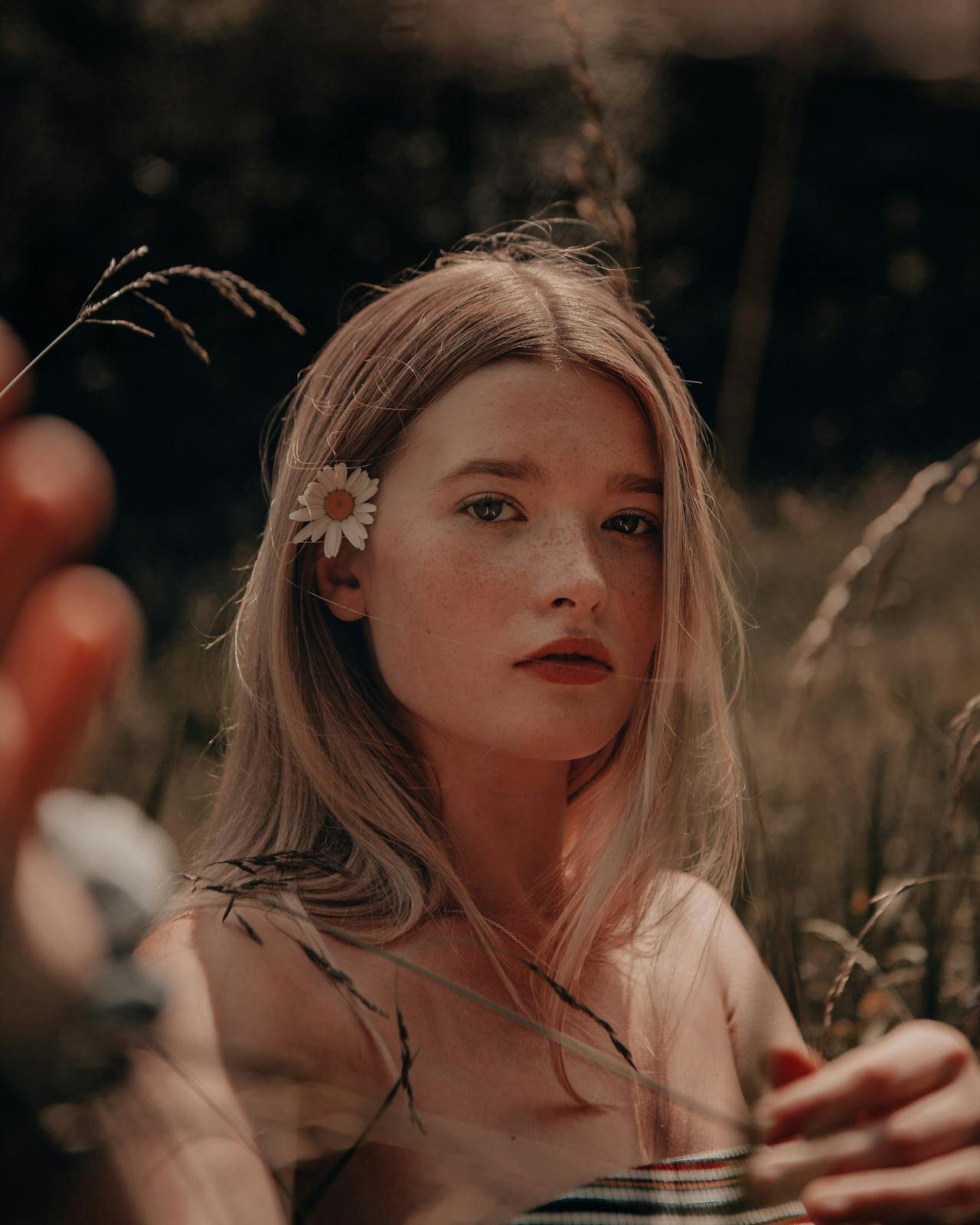Floristry has undergone significant transformations in recent years, influenced by sustainability initiatives, technological advancements, and changing consumer preferences. Here’s an overview of the key developments shaping the floral industry:
1. Sustainable Practices and Eco-Friendly Designs
Environmental consciousness has become central to modern floristry. Florists and consumers are increasingly prioritizing eco-friendly practices, such as sourcing locally grown, seasonal flowers to reduce the carbon footprint associated with imports. Traditional floral foam, which is non-biodegradable, is being replaced with sustainable alternatives like chicken wire or moss. Packaging has also evolved, with bouquets now often wrapped in recycled kraft paper or reusable cloth, reflecting a commitment to sustainability.
2. Technological Innovations and Online Platforms
The digital era has revolutionized how consumers interact with florists. Subscription-based flower delivery services have made fresh blooms more accessible, allowing customers to personalize orders, track deliveries in real-time, and select sustainable options through user-friendly apps and online platforms. This integration of technology ensures convenience without compromising the artistry of floral arrangements.
3. Revival of Dried and Preserved Flowers
Once considered outdated, dried and preserved flowers have made a significant comeback. Celebrated for their longevity and unique aesthetic, elements like pampas grass and eucalyptus are now commonly incorporated into arrangements. Florists often blend dried components with fresh blooms, creating hybrids that offer a fusion of traditional and contemporary styles.
4. Embracing Wild and Untamed Arrangements
Modern floral designs have shifted towards loose, organic, and free-flowing arrangements. Inspired by the natural growth patterns of wildflowers, these designs often feature asymmetry and incorporate unexpected elements such as fruits, branches, or herbs, reflecting a broader desire for authenticity and a connection to nature.
5. Integration of Edible Elements in Floral Designs
A contemporary trend in floristry involves incorporating fruits and vegetables, such as grapes, radicchio, pumpkins, and cauliflowers, into floral arrangements and decorative centerpieces. This approach offers a fresh perspective and challenges traditional perceptions of floral design, adding unexpected beauty and complexity to arrangements.
6. Rise of Faux Floral Displays in Commercial Spaces
Since around 2015, there has been a notable increase in the use of elegant faux floral displays in commercial areas, particularly in London. These out-of-season and non-natural blooms create visually captivating storefronts, boosting social media engagement and attracting both locals and tourists. Establishments utilize these installations to stand out in the competitive market, highlighting the intersection of retail, art, and digital culture.
7. Personalized Floral Experiences
Consumers are seeking deeper connections with floral art through personalized experiences. Workshops on bouquet-making or floral crown crafting have surged in popularity, and florists are offering tailored consultations for bespoke arrangements. Some services now include handwritten notes, custom vases, or complementary fragrance samples, elevating the act of giving or receiving flowers to a memorable experience.
8. Focus on Bold and Unconventional Arrangements
While minimalism has its place, there’s a growing trend towards bold, unconventional floral designs. Florists are experimenting with unexpected color combinations, unique textures, and unusual materials, challenging traditional notions of beauty and embracing asymmetry and irregular shapes.
These developments illustrate the dynamic nature of floristry, reflecting broader societal shifts towards sustainability, technological integration, and personalized experiences. As the industry continues to evolve, it harmoniously blends traditional artistry with modern innovations, catering to the diverse preferences of contemporary consumers.
